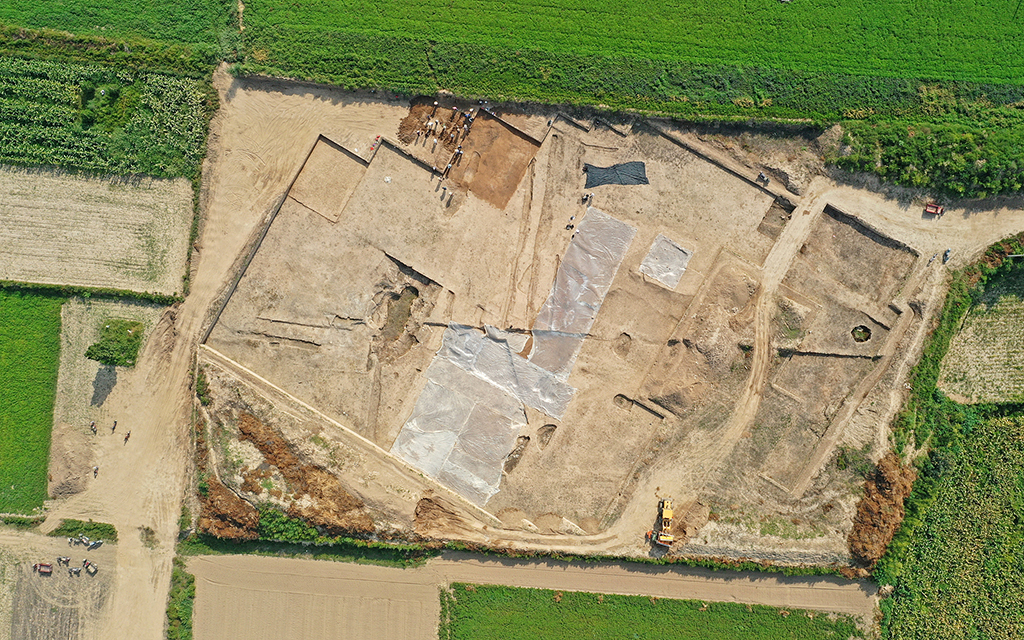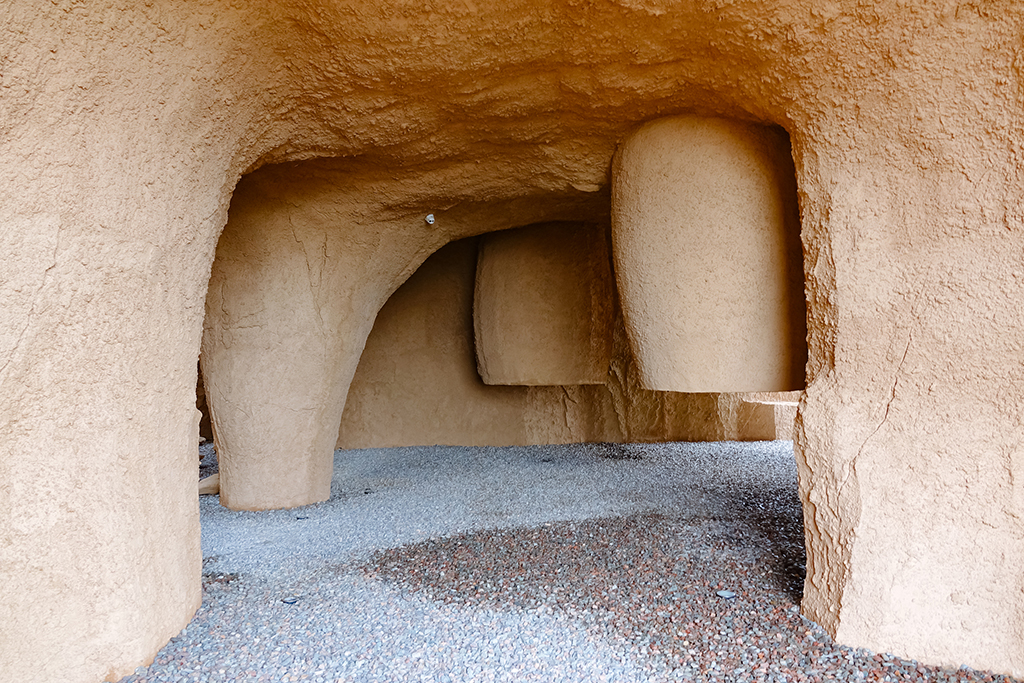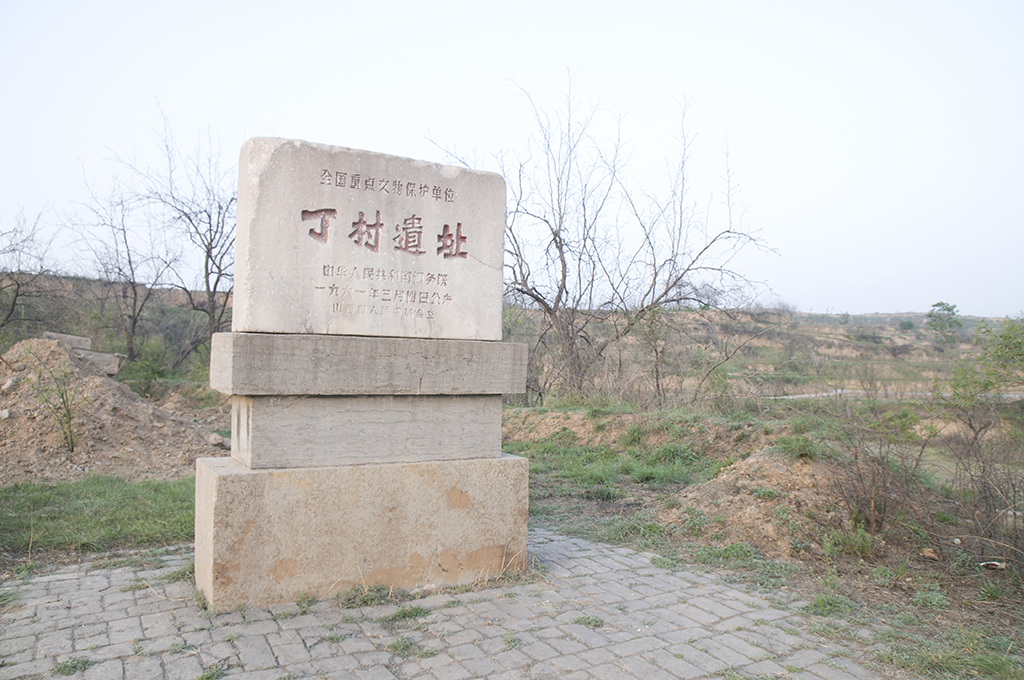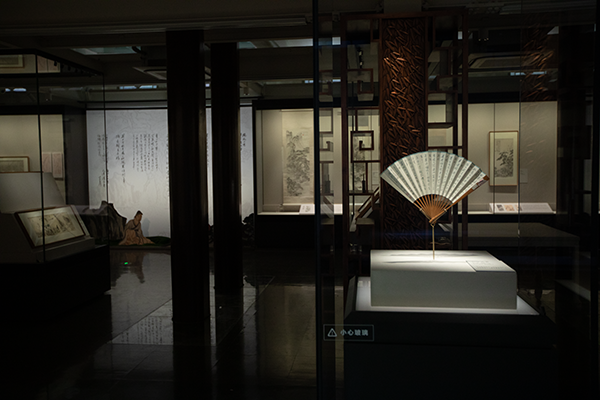Shanxi province

Shanxi Museum
Established in 2004, Shanxi Museum on the west bank of Fenhe River in Taiyuan covers 112,000 square meters and is the largest collection, protection, research and exhibition center for historical relics in Shanxi province.
Showcasing the essence of Shanxi culture are relics from the Neolithic Age at the Taosi site, relics from the Shang (c.16th century-11th century BC), Zhou (c.11th century-256 BC) and Northern Dynasties (386-581), stone carvings, local Shanxi ceramics, theatrical objects datable to the Jin (1115-1234) and Yuan (1271-1368) dynasties, and cultural relics related to Shanxi merchants from the Ming (1368-1644) and Qing (1644-1911) dynasties.
Click here to learn more about the Shanxi Museum

Taosi Site (Neolithic)
Located in Taosi village, Shanxi province, the Taosi Site dates to the Longshan Culture (a late Neolithic civilization in the middle and lower reaches of the Yellow River) in the middle reaches of the Yellow River in China. Created by Chinese ancestors, it is one of the origins of Chinese civilization and has great research value for the restoration of the social system of the late Neolithic Age, the emergence of state systems, and the exploration of the Xia Culture.
Discoveries of the site include a city site of unprecedentedly large scale, royal tombs, the world's earliest observatory, a magnificent palatial complex, a separate storage area, and an industrial zone under official supervision.
Many experts and scholars suggest that the Taosi Site was the capital ruled by Emperor Yao and was the earliest “China”.

Xihoudu Site (Paleolithic)
Located in Xihoudu village, Shanxi province, the Xihoudu Site is the earliest known site dating to the Paleolithic Age in China. Antlers with cuts and burned animal bones unearthed from the site are the earliest evidence of human use of fire in China. In 1988, it was designated a national foremost protected cultural heritage site.

Dingcun Site (Paleolithic)
Named after its location near Dingcun village, Shanxi province, the Dingcun Site contains hominid fossils dating to the Paleolithic Age.
Discovered in 1953, it is the first large Paleolithic site discovered after 1949, except for the Zhoukoudian site in Beijing. It has drawn much attention because of the discovery of “Dingcun Man”, an early homo sapien who lived between Peking Man and modern man. In 2015, stone tools, evidence of human use of fire, and other traces of human activities tens of thousands of years ago were discovered at the Dingcun Site.





